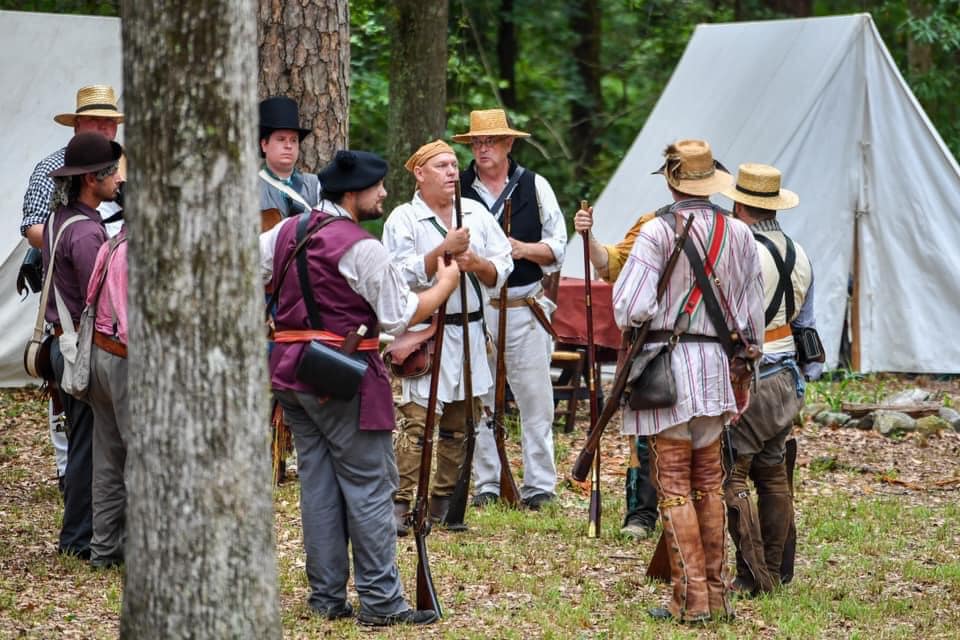Mata Ortiz pottery
Published 10:55 pm Thursday, February 18, 2010
The Presenters Exhibition at the Johnson Center for the Arts in Troy will attract much interest by the 300-plus clay art enthusiasts who are attending the 25th Annual Alabama Clay Conference being held at Troy University this weekend and from the community.
The exhibit is being held in conjunction with the Alabama Clay Conference, which features nationally and internationally acclaimed clay artists, Juan Quezada, Lana Wilson, Marko Fields and Brian Nettles.
“The artists all have unique stories to share and, perhaps, the best-known story is that of Juan Quezada and the Mata Ortiz pottery, which is one of the finest and most innovative ceramics in the world,” said Shadron Graham, Johnson Center assistant director. “Once you hear Juan Quezada’s story you just have to be intrigued by the pottery.” When Juan Quezada of Mata Ortiz, Mexico was 12 years old, he went to work in the fields in order to help his family. Things had not changed much over the centuries and the poor town of Mata Ortiz was built over the ruins of the lost civilization of a sophisticated culture called “Casas Grandes.”
“The story is that while Juan Quezada was gathering firewood he would find ceramic remains and the designs fascinated him,” Graham said.
“He kept the ceramic shards and it occurred to him that the materials used to make the pieces of art must be close to where he was.”
In an effort to recreate the pottery, Juan Quezada combined the different clays found in the mountains near Mata Ortiz and experimented with different materials to make the pigments he needed.
“He used his fingers and serrated knives and his ability to create uniform vessels and create drawings similar to those found on the shards,” Graham said. “He learned firing techniques for the pieces he created.
“Over the years, Juan Quezada started to reproduce the techniques used to make the pottery hundreds of years ago.”
By chance, Juan Quezada and the Mata Ortiz pottery were “discovered.”
“He gave several of his pots to some salesmen who took them to the United States,” Graham said. “They took them to a pawn shop in El Paso and traded them for clothing.”
There the pots were discovered by Spencer MacCallum, an American anthropologist, with a specialty in art history.
He recognized the unique artistry of the pottery and eventually found his way to Juan Quezada in the dusty town of Mata Ortiz.
Today, Mata Ortiz, Mexico is home to a vibrant movement of artists. They create an exceptional style of pottery based on the traditional lessons of their ancient teachers who lived in the region eight centuries ago.
“Each pot is handmade from natural materials collected in the hills surrounding the village,” Graham said. “The creative innovations of today’s artists make for a highly collectable fine art.”
Selected pieces of pottery created by the four presenters at the Alabama Clay Conference and the exhibitors at the Johnson Center for the Arts are available for sale. For information, inquire at the Johnson Center for the Arts and the information booth at the Alabama Clay Conference at the Trojan Center on the campus of Troy University. The Alabama Clay Conference is sponsored by the Alabama Craft Council, Alabama State Council on the Arts, Troy University and the Potters Council.





